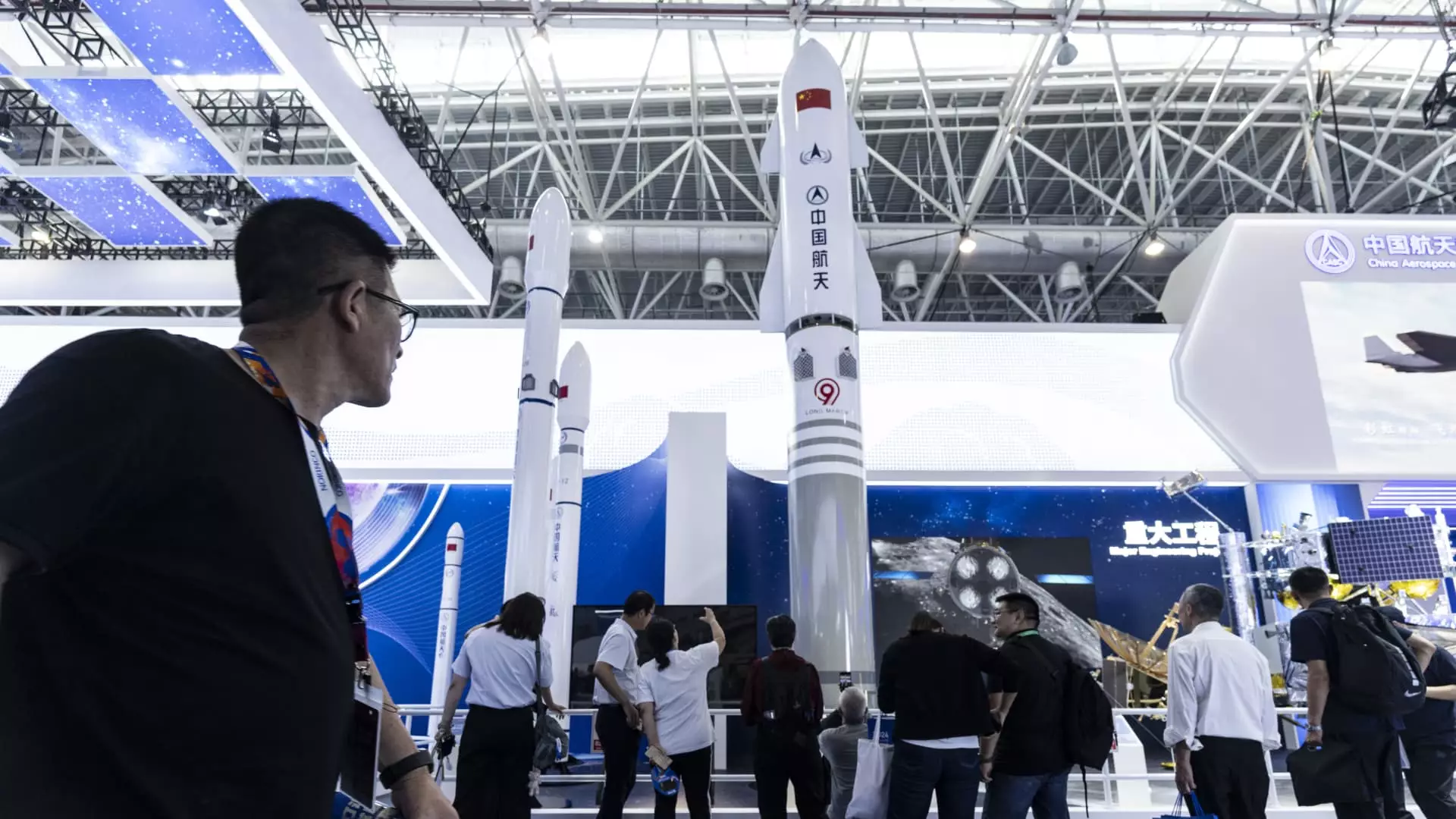In the realm of satellite internet services, SpaceX’s Starlink has emerged as a formidable player, with an expansive constellation of nearly 7,000 operational satellites. This ambitious space-based internet initiative has successfully garnered around 5 million customers spanning over 100 countries. Starlink’s mission is clear: to bridge the digital divide by providing high-speed internet access to underserved and remote areas. The company’s aspirations don’t stop there; it plans to scale this megaconstellation to potentially include up to 42,000 satellites, further solidifying its dominance in the global internet space.
In contrast, China has set its sights on establishing a similar satellite internet infrastructure, with ambitions to deploy approximately 38,000 satellites through three distinct low Earth orbit (LEO) projects, namely Qianfan, Guo Wang, and Honghu-3. But this endeavor is not merely about competing for market share; it is intertwined with China’s strategic interests in internet governance and geopolitical influence.
China may seem an underdog in this satellite race, yet its resolve to launch a competitive service is driven by multifaceted motivations. As elucidated by experts, Starlink’s capability to deliver unrestrained internet access poses a distinct challenge to China’s stringent internet censorship policies. Steve Feldstein from the Carnegie Endowment for International Peace argues that Starlink represents a threat to the Chinese government’s tightly controlled narrative. By offering uncensored internet access, particularly to allies or nations within China’s sphere of influence, Starlink has the potential to disrupt China’s efforts in maintaining a censored online environment.
Moreover, this emergence of free internet access comes at a time when many countries are questioning the effectiveness of uncontrolled media content. For China, developing its own solution not only serves as a deterrent against external influences but positions the country as a viable alternative for nations looking for internet services that conform to stricter regulations. As Blaine Curcio, founder of Orbital Gateway Consulting emphasizes, such strategic offerings could empower China to market itself as an attractive option, where stringent content moderation is assured.
China’s LEO satellite constellation could find ready adoption in regions where Western alternatives like Starlink are either ineffective or absent altogether. Countries with existing tensions with Western nations, such as Russia, Afghanistan, and Syria, may prefer a service that aligns with their governance structures. Juliana Suess from the German Institute for International and Security Affairs points out the strategic opportunity for China’s satellite internet in these regions, suggesting that they could capitalize on the incomplete coverage that Starlink currently has in parts of Asia and Africa.
Furthermore, considering that approximately 70% of Africa’s 4G infrastructure is powered by Huawei technology, the establishment of a satellite-based internet service could enhance China’s influence on the continent. This presents an avenue for fostering both technological advancement and geopolitical relations, allowing China to extend its reach while promoting a narrative that supports its governance model.
Beyond commercial interests, the development of proprietary satellite networks is increasingly regarded as a national security imperative, particularly in the context of modern warfare. Satellite internet capabilities, such as those offered by Starlink, have demonstrated their utility on the battlefield—particularly evident in the Ukraine conflict. Satellite communications have become integral to drone operations and real-time battlefield assessments, providing an essential edge in military engagements.
As conflated spaces of commercial enterprise and military necessity merge, countries like China recognize the broader implications of having an independent satellite communication infrastructure. The ability to maintain connectivity during crises, especially when terrestrial networks may be compromised, becomes an attractive proposition for any nation contemplating investments in this domain.
As the satellite internet service landscape evolves, the competition between SpaceX’s Starlink and China’s burgeoning constellation signifies more than a technological race; it represents a clash of ideologies, governance, and global influence. China’s ambition to create a satellite internet service is a calculated response not only to counteract Starlink but also to fortify its geopolitical stance and ensure technological independence. As both nations continue to expand their offerings, the world will watch to see how this rivalry shapes the future of internet access globally and the broader implications for digital sovereignty.

